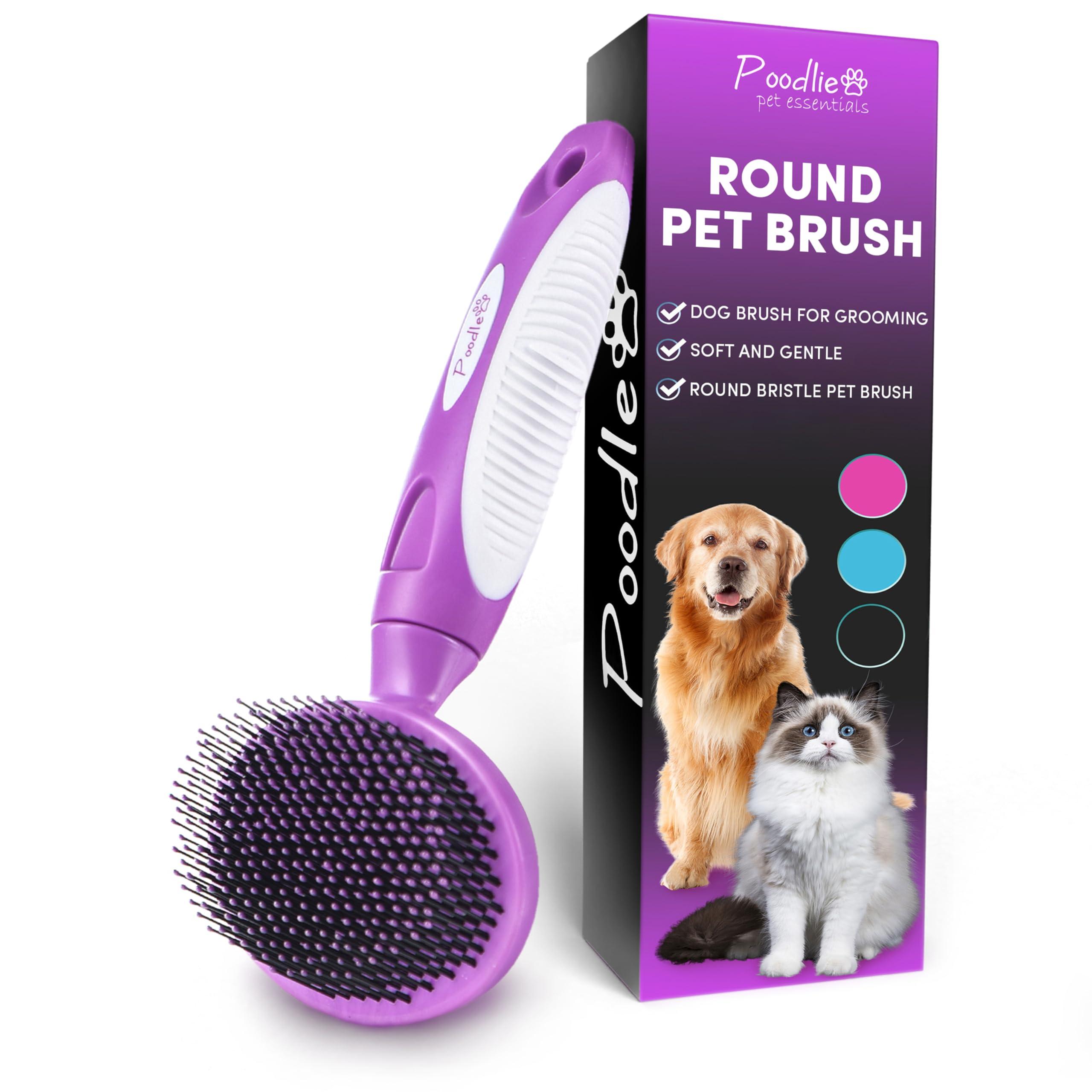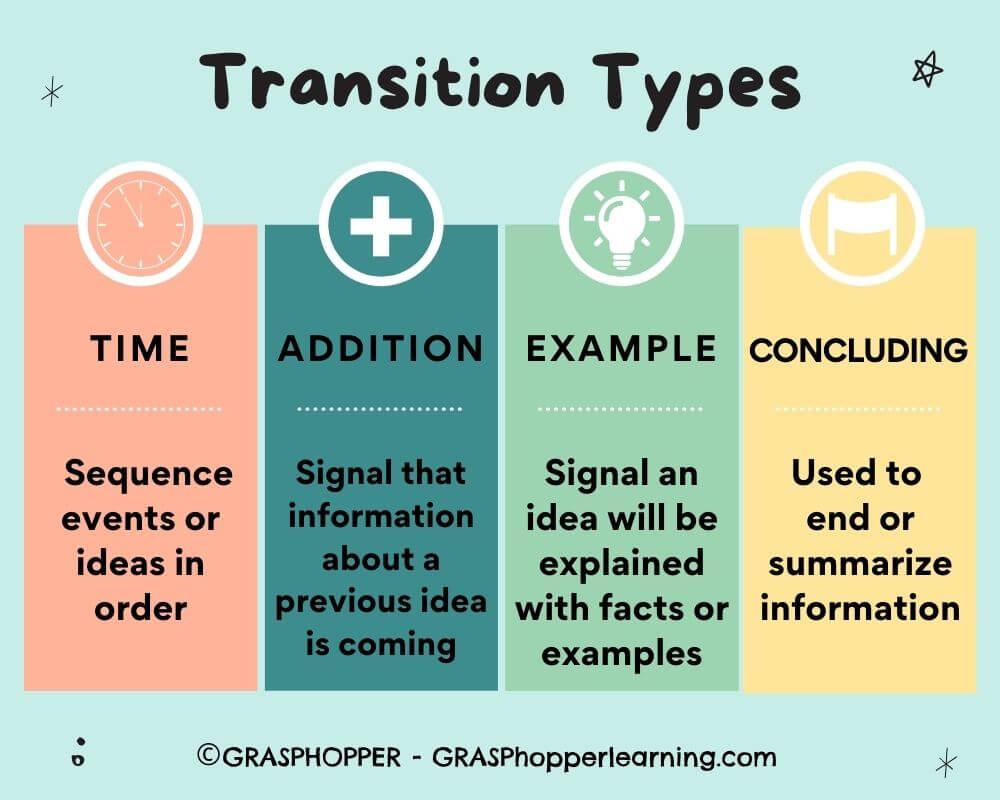Table of Contents
- Understanding the Nutritional Needs of Your Dog While Keeping Costs Low
- Identifying Budget-Friendly Dog Food Brands with Quality Ingredients
- Comparing Homemade Dog Food Recipes for Cost Savings and Nutrition
- Tips for Finding Discounts and Deals on Quality Dog Food
- How to Transition Your Dog to a New Budget-Friendly Food Effectively
- Q&A
- In Summary


Understanding the Nutritional Needs of Your Dog While Keeping Costs Low
Ensuring that your dog receives the proper nutrients is essential for their overall health and vitality, but it doesn’t have to come at a high price. The foundation of any good dog diet includes essential proteins, carbohydrates, fats, vitamins, and minerals. Focus on whole ingredients that can maximize nutritional value while minimizing costs. Some key elements to look for include:
- High-quality protein sources: Look for meat, fish, or eggs listed as the first ingredient.
- Whole grains: Brown rice, oatmeal, or barley can serve as beneficial carbohydrate sources.
- Healthy fats: Ingredients like fish oil or chicken fat provide crucial fatty acids.
- Fruits and vegetables: Carrots, blueberries, and spinach are excellent additions packed with vitamins.
When navigating budget-friendly options, consider buying in bulk or selecting brands that offer quality ingredients at a lower price. Always read the ingredient label to avoid fillers and artificial additives, which often contribute little to your dog’s diet. Additionally, homemade meals can be a cost-effective way to ensure your dog receives nutrients tailored to their specific needs. Here’s a simple comparison of store-bought versus homemade options:
| Option | Pros | Cons |
|---|---|---|
| Store-Bought Commercial Food |
|
|
| Homemade Meals |
|
|
With careful planning and intentional purchasing, it’s absolutely feasible to provide a nutritious diet for your dog without breaking the bank. Consider incorporating fresh, affordable ingredients into their meals, and don’t hesitate to consult with your veterinarian about the best dietary options specific to your dog’s breed, age, and health status. By prioritizing quality while keeping an eye on costs, you can ensure your furry friend receives the nourishment they need to thrive.


Identifying Budget-Friendly Dog Food Brands with Quality Ingredients
Finding high-quality dog food that fits your budget isn’t just a matter of good luck; it requires some research and an understanding of what to look for. Many brands offer products that are both affordable and made with premium ingredients. Key aspects to consider include sourcing of ingredients, nutritional value, and overall brand reputation. Some budget-friendly options not only avoid fillers and artificial flavors but also prioritize wholesome, natural components that can provide your furry friend with the nutrition they deserve.
When exploring different brands, examine the ingredient lists carefully. Look for real meat as the first ingredient, and avoid products that list by-products, artificial preservatives, or fillers like corn and soy. Cost shouldn’t overshadow quality; therefore, consider brands that utilize whole foods such as:
- Brown rice
- Sweet potatoes
- Real fruits and vegetables
- Omega fatty acids from fish or flaxseed
To simplify your decision-making process, you can compare options using a straightforward table highlighting some trustworthy brands. Here’s a quick reference to aid your search:
| Brand | Key Ingredients | Price Range |
|---|---|---|
| Blue Buffalo Life Protection | Real meat, whole grains | $$ |
| CANIDAE Pure | Simple ingredients, no fillers | $$ |
| American Journey | High-quality protein, fruits & veggies | $ |
| Wellness CORE | Grain-free, protein-rich | $$ |


Comparing Homemade Dog Food Recipes for Cost Savings and Nutrition
When considering homemade dog food, comparing different recipes can significantly impact both your budget and your dog’s nutrition. Using simple, whole ingredients not only ensures your furry friend receives the best possible nutrition but can also save you money in the long run. For example, incorporating ingredients such as brown rice, carrots, and chopped turkey can provide essential nutrients without breaking the bank. By avoiding processed foods, you can sidestep the added costs typically associated with store-bought options.
To make the most of your efforts, focus on mixing a variety of protein sources and including a balanced selection of vegetables. Popular choices that are often budget-friendly include:
- Chicken thighs
- Ground beef
- Sweet potatoes
- Green beans
By purchasing these ingredients in bulk and planning your meals in advance, you can maximize savings and ensure your dog receives the vitamins and minerals needed for optimal health.
It’s important to assess the nutritional content of each recipe you prepare. Consider using a simple table format to evaluate some popular homemade dog food recipes based on cost and nutritional benefits:
| Recipe | Estimated Cost per Meal | Main Nutrients |
|---|---|---|
| Chicken & Rice | $1.50 | Protein, Carbohydrates, Fiber |
| Beef & Sweet Potato | $2.20 | Protein, Vitamin A, Iron |
| Turkey & Vegetables | $1.80 | Protein, Vitamins B6 & B12 |
By comparing these factors, you can make informed decisions that balance both cost and nutrition. Adopting a homemade approach not only caters to your dog’s specific dietary needs but also gives you control over what goes into their food, making it a rewarding venture for both you and your pup.


Tips for Finding Discounts and Deals on Quality Dog Food
Finding quality dog food at a budget-friendly price can seem challenging, but with the right strategies, it becomes much easier. Start by researching local pet supply stores and supermarkets; many of these retailers have loyalty programs, special promotions, or clearance sales on pet food. Sign up for newsletters from your favorite brands and stores to receive exclusive deals directly to your inbox. You might also want to check out seasonal sales, especially around holidays or events, when stores often offer discounts to clear out old stock.
Another effective approach is to utilize online resources. Websites and apps dedicated to coupons can help you save significantly. Look for platforms that aggregate discounts and cash-back offers specifically for pet products. Joining dog owner forums and social media groups can also lead you to limited-time promotions or group buys, where discounted rates are common for bulk purchases. For savvy shoppers, comparing prices across different websites can reveal significant savings, as some online retailers offer free shipping or reduced prices for first-time buyers.
Lastly, don’t underestimate the power of homemade dog food as a budget-friendly option that can still provide quality nutrition. While initially, it may seem time-consuming, many recipes are simple and can be made in bulk, ensuring you save money in the long run. If you’re wary about ingredients or dietary balance, consult with a veterinarian for customized advice tailored to your dog’s specific needs. Incorporating fresh, whole ingredients allows you to control quality while also cutting costs, ensuring your beloved pet receives the nutrition they deserve without breaking the bank.


How to Transition Your Dog to a New Budget-Friendly Food Effectively
When considering a switch to a budget-friendly dog food, it’s important to approach the transition thoughtfully. Start by selecting a high-quality option that meets your dog’s nutritional needs without breaking the bank. Research different brands and read reviews to find ingredients that promote health and well-being. Look for whole food ingredients such as real meats, vegetables, and grains, while avoiding fillers or artificial additives. Preparing your dog for the change involves more than just dropping the old food; it requires a gradual adjustment to minimize digestive upset.
To facilitate a smooth transition, gradually mix the new food with your dog’s current food over the span of about a week. Start with a combination of 75% old food and 25% new food for the first few days. Then, shift to a 50/50 mix before progressing to a 25% old food and 75% new food ratio. This approach allows your dog’s digestive system to acclimate to the new formula. Pay attention to your dog’s response throughout this process; if you notice any signs of distress, dial back the transition speed or consult your veterinarian.
To help keep track of your dog’s adjustment and overall well-being, consider maintaining a simple chart of their eating habits and any noticeable changes in behavior or stool quality. This can guide you in making on-the-fly adjustments to their feeding routine. You can also keep an eye on hydration levels, as some dog foods can impact water intake. Here’s a quick reference table for daily feeding amounts based on your dog’s weight:
| Dog Weight (lbs) | Feeding Amount (cups/day) |
|---|---|
| 10-20 lbs | 1/2 – 1 cup |
| 21-50 lbs | 1 – 2 cups |
| 51-70 lbs | 2 – 3 cups |
| 71+ lbs | 3+ cups |




0 Comments